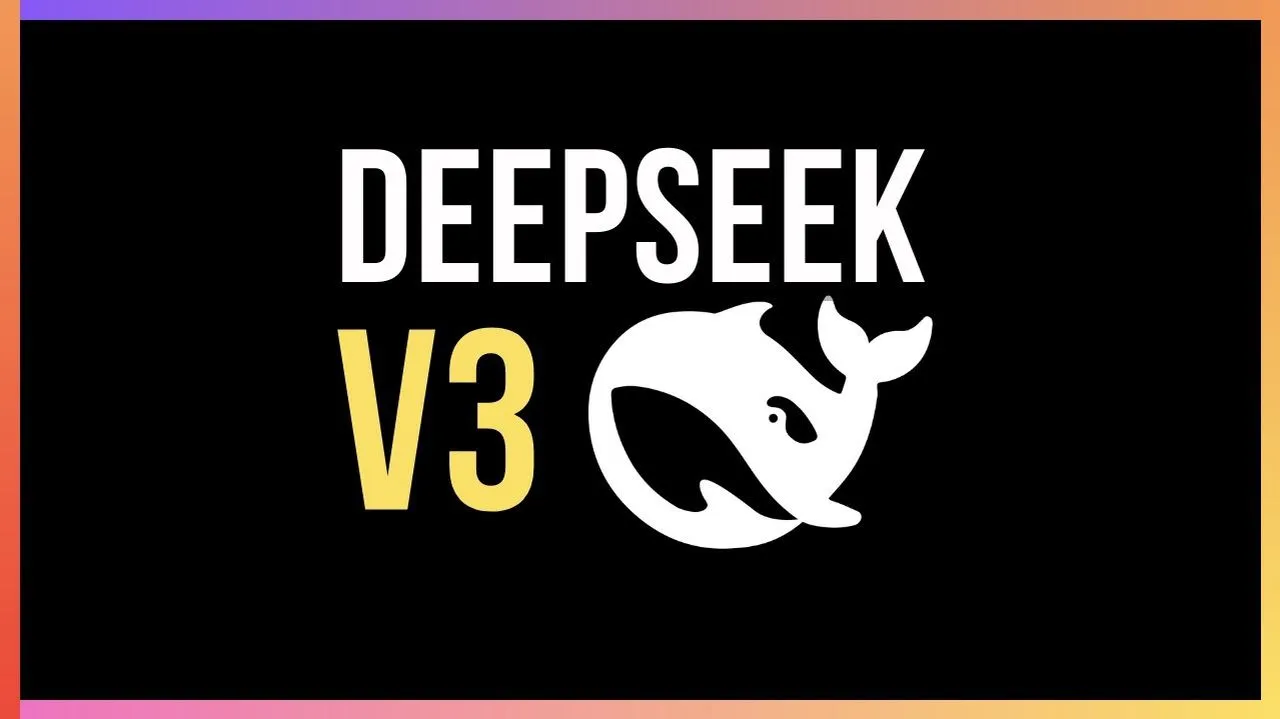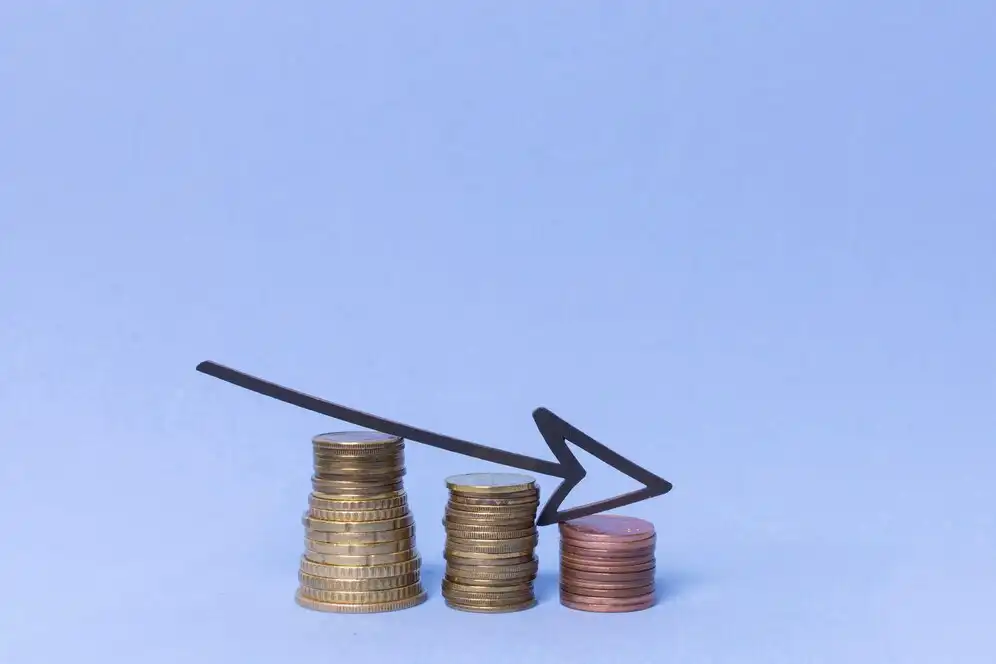
A bold vision for sustainable urbanization, The Line at Neom aims to transform city living with its innovative design, environmental focus, and advanced technology.
The Kingdom of Saudi Arabia has long been synonymous with vast desert landscapes, rich oil reserves, and rapid modernization. In recent years, the country has embarked on an ambitious journey to redefine its global image and economic foundation. Central to this vision is Neom, a $500 billion megacity project set to revolutionize urban living. At the heart of Neom lies one of its most daring concepts: The Line, a futuristic urban development designed to stretch 170 kilometers across the desert. This linear city aims to house nine million residents while redefining the way people live, work, and interact with their environment.
The Vision Behind The Line
The Line is more than just an architectural marvel; it represents a bold vision for the future of urbanization. The project was unveiled in January 2021 by Crown Prince Mohammed bin Salman as part of Saudi Arabia’s Vision 2030 initiative, a broader strategy aimed at diversifying the country’s economy away from oil dependency and towards sectors like tourism, technology, and sustainable energy.
The design of The Line challenges traditional urban planning paradigms, which typically involve sprawling cities with centralized hubs. Instead, The Line offers a radical departure from the norm: a city without cars, roads, or emissions, where everything is accessible within a five-minute walk. This is facilitated by a linear infrastructure that integrates high-speed rail and autonomous transport systems, enabling seamless movement between different parts of the city.
Architectural and Environmental Innovation
The Line’s architecture is a testament to human ingenuity and ambition. The city is envisaged as two parallel structures, each 500 metres tall, 200 metres wide, and separated by a 200-metre-wide open space. The mirrored facades of these structures will reflect the surrounding desert landscape, making the city almost invisible when viewed from a distance. This minimalist design not only contributes to the aesthetic appeal of The Line but also enhances its environmental sustainability.
One of the most striking features of The Line is its commitment to environmental sustainability. The city is designed to operate on 100% renewable energy, with a focus on solar and wind power. This aligns with Saudi Arabia’s broader goals of reducing its carbon footprint and promoting green energy initiatives. The compact, linear layout of The Line reduces the need for extensive infrastructure and minimizes the city’s overall ecological impact.
Water conservation is another critical aspect of The Line’s design. In a region where water scarcity is a significant concern, The Line will incorporate advanced desalination and water recycling technologies to ensure a sustainable water supply. The city’s infrastructure is also designed to support vertical farming and other innovative agricultural practices, contributing to food security in the region.
A New Approach to Urban Living
The Line represents a radical rethinking of urban living. By eliminating the need for cars and extensive road networks, the city promotes a more sustainable, pedestrian-friendly lifestyle. The high-speed transit system, combined with the proximity of essential services and amenities, ensures that residents can access everything they need within a short walking distance.
This new approach to urban living is also reflected in the city’s social and cultural dynamics. The Line is designed to foster a sense of community and social interaction, with public spaces and green areas integrated throughout the city. The vertical layering of residential, commercial, and recreational spaces ensures that communities are not isolated but interconnected. This vertical urbanism concept allows for a more efficient use of space and resources, creating a vibrant, dynamic environment.
In addition to its physical design, The Line is also poised to be a hub for technological innovation. The city will be equipped with the latest smart technologies, including AI-driven systems for energy management, transportation, and security. These technologies will enhance the quality of life for residents while contributing to the city’s overall sustainability goals.
Economic and Social Impact
The Line is expected to have a significant economic and social impact, both within Saudi Arabia and beyond. The project is a key component of the Neom initiative, which aims to attract investment, create jobs, and stimulate economic growth. By positioning itself as a global hub for innovation and technology, Neom and The Line are set to draw in businesses and talent from around the world.
The development of The Line is also expected to have a transformative effect on the region’s social fabric. The city is designed to be inclusive and diverse, with a focus on attracting a global population. This is in line with Saudi Arabia’s broader efforts to open up to the world and promote cultural exchange. The Line’s emphasis on sustainable living, combined with its state-of-the-art infrastructure, will likely attract a new generation of residents who priorities environmental and social responsibility.
However, the project is not without its challenges. The sheer scale and ambition of The Line raise questions about its feasibility and the potential social and environmental impacts. The displacement of local communities, the environmental impact of construction, and the long-term sustainability of such a large-scale project are all concerns that need to be carefully addressed.
The Global Significance of The Line
The Line is not just a significant development for Saudi Arabia; it has global implications for the future of urban planning and development. As the world grapples with the challenges of rapid urbanization, climate change, and resource scarcity, The Line offers a potential blueprint for sustainable, resilient cities of the future.
The project’s emphasis on renewable energy, environmental conservation, and technological innovation positions it at the forefront of the global sustainability movement. If successful, The Line could serve as a model for other countries seeking to develop sustainable urban environments in the face of growing population pressures and environmental challenges.
Moreover, The Line represents a bold experiment in reimagining urban life. By challenging traditional notions of city planning and proposing a new way of living, The Line has the potential to influence future urban developments around the world. Its success or failure will likely have far-reaching implications for the future of cities and the way we think about urban spaces.
Conclusion
The Line is a visionary project that pushes the boundaries of urban design and planning. As part of Saudi Arabia’s broader Neom initiative, it reflects the country’s ambitions to become a global leader in innovation, technology, and sustainability. While the project faces significant challenges, its potential to reshape the future of urban living cannot be underestimated. The Line represents a bold new vision for cities, one that prioritizes sustainability, community, and technological advancement. As the world watches this ambitious project unfold, it is clear that The Line could become a defining






